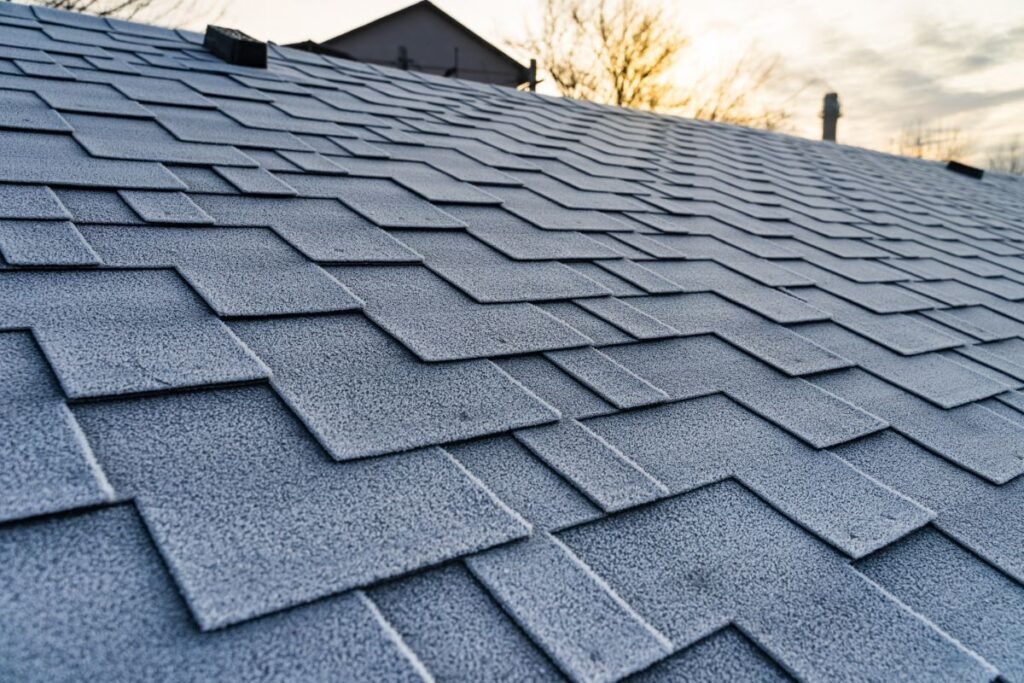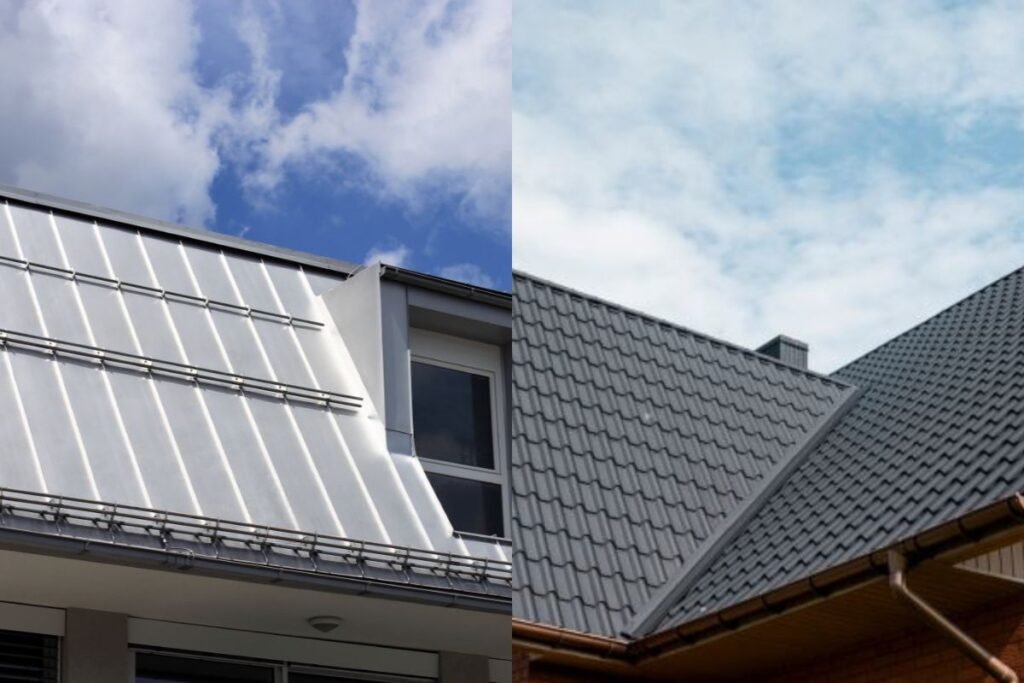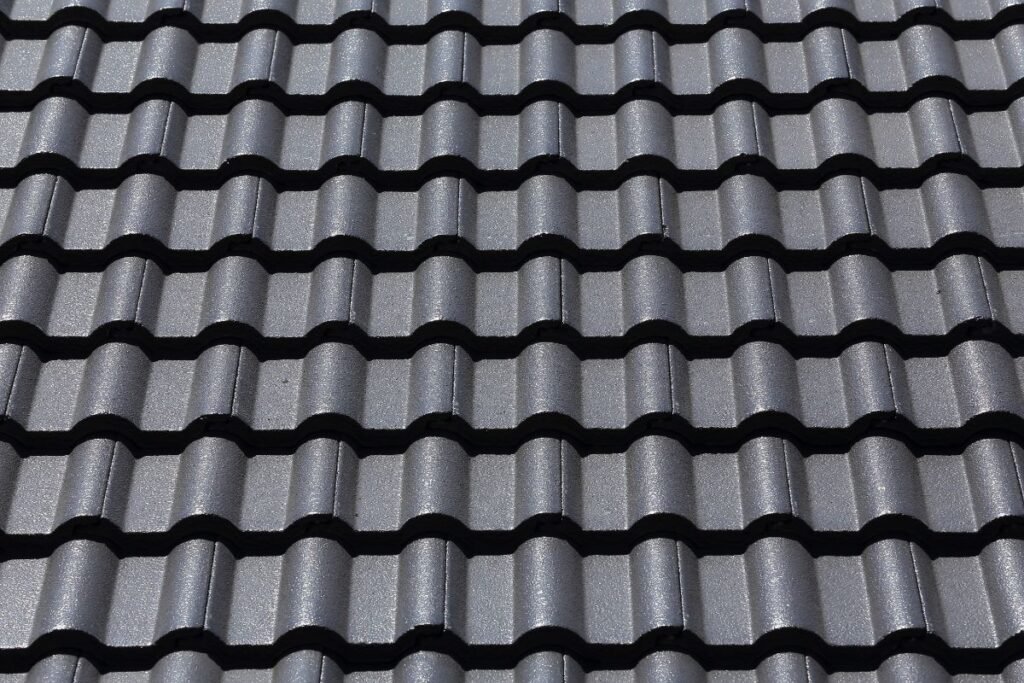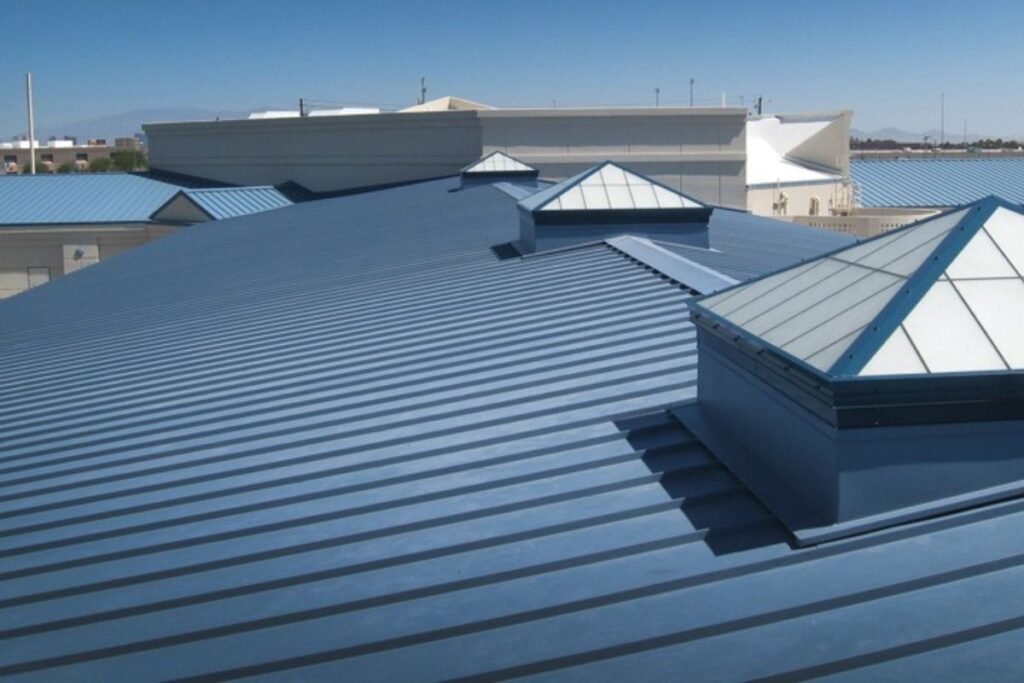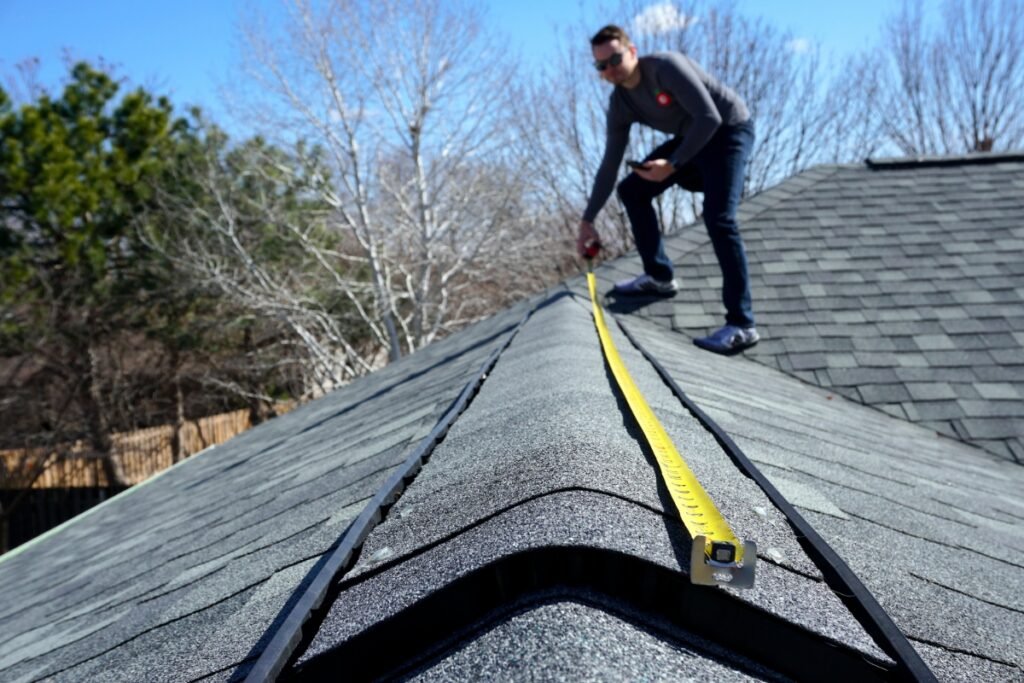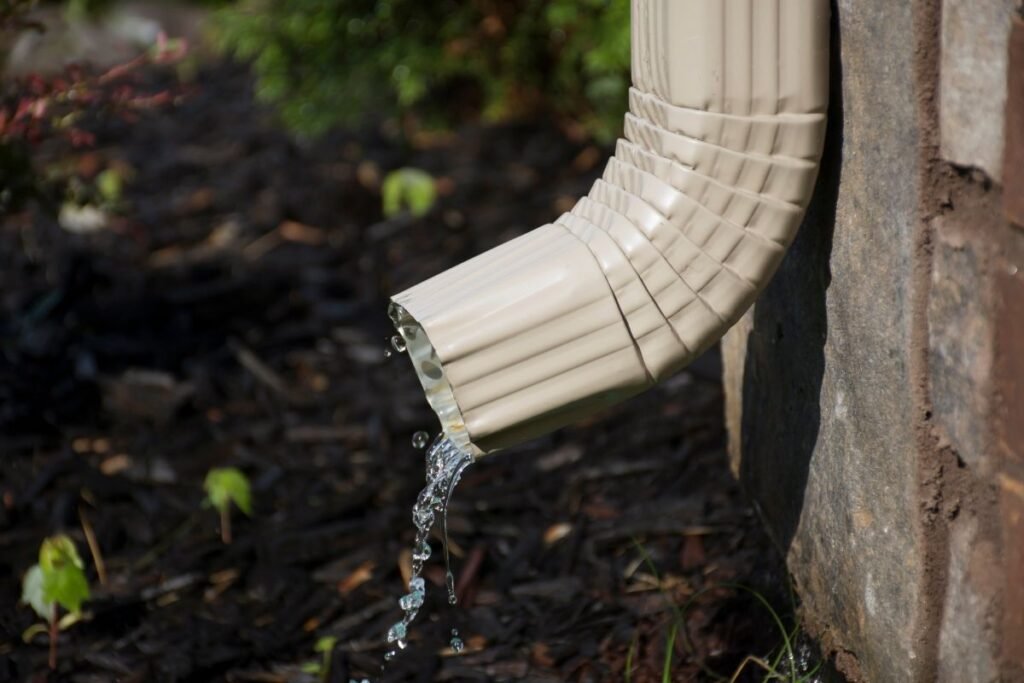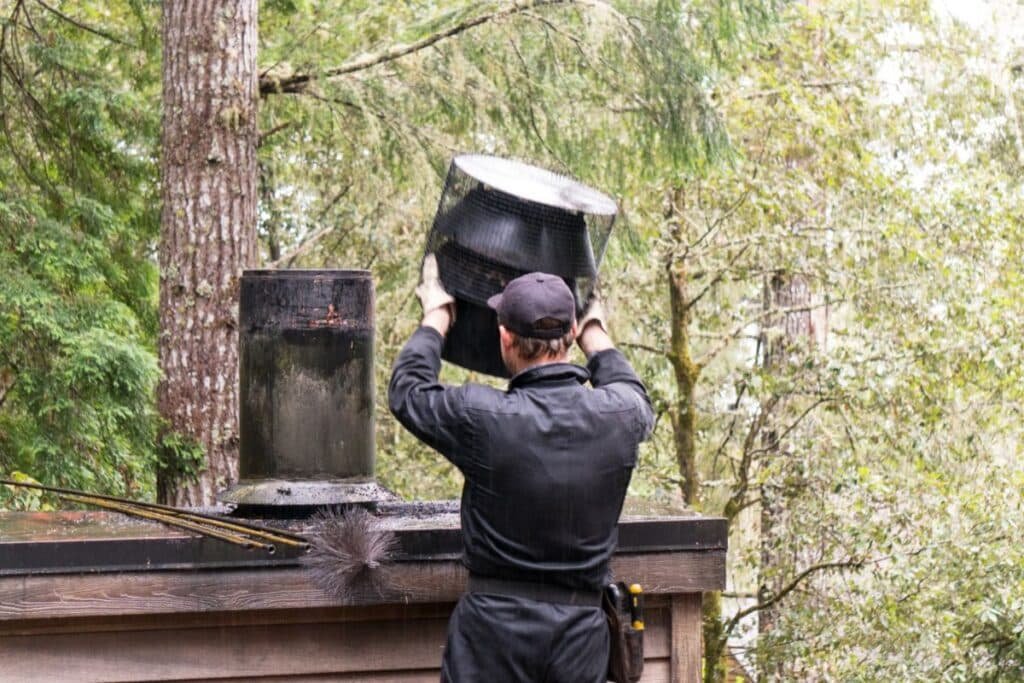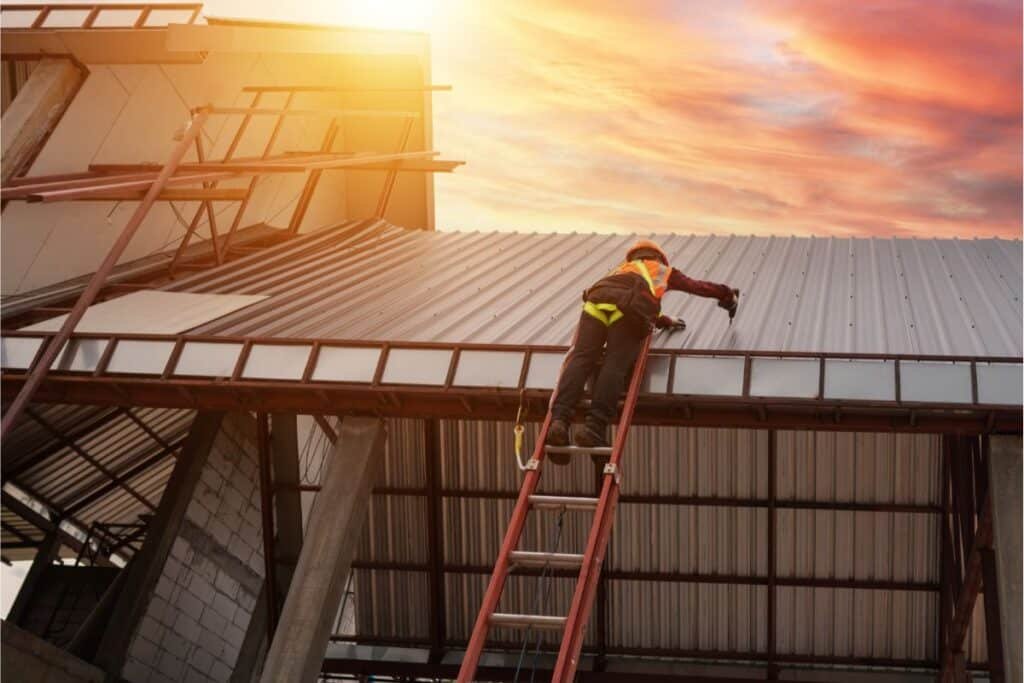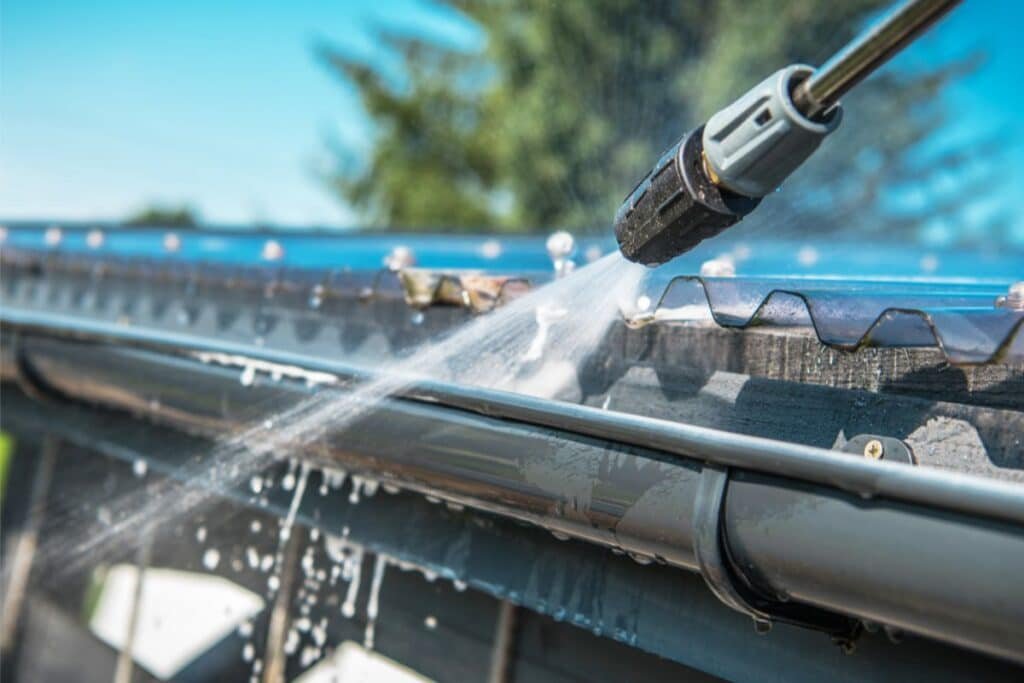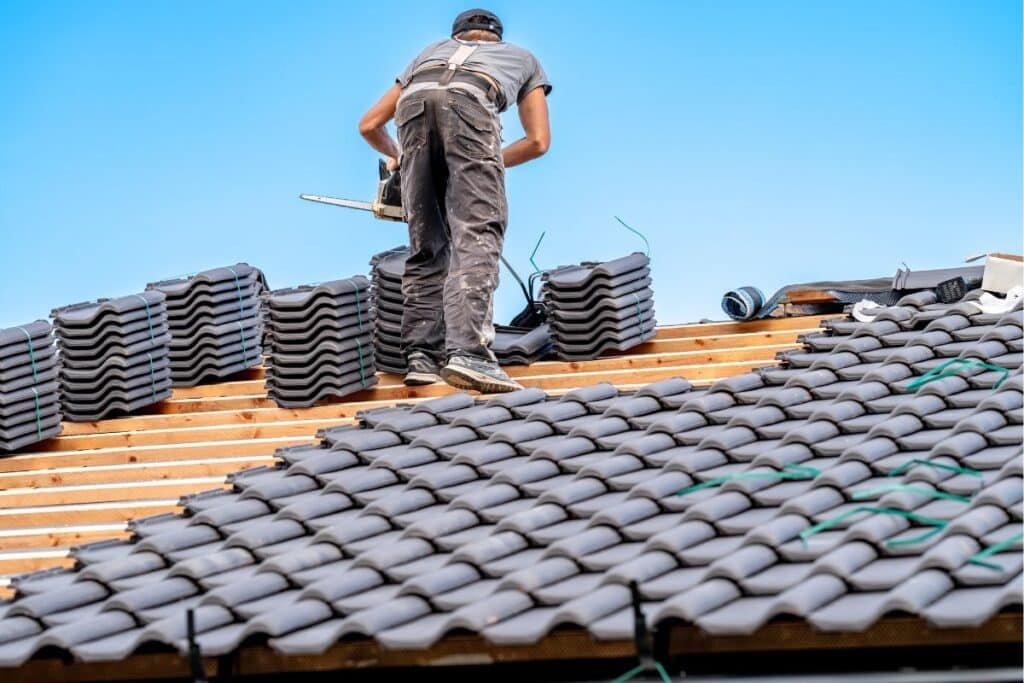Your roof is more than just shingles. It is a system that relies on key accessories on roof with shingles to ensure durability and protection. Roof decking provides the foundation, while drip edges guard against water damage. Underlayment adds a waterproof barrier and ice and water shields protect vulnerable areas.
Flashing keeps water away from joints, and a proper gutter system directs rain away from your home. Even asphalt shingles and ridge caps play vital roles in protecting and ventilating your roof. In this post, we cover the top eight accessories that work together to improve your roof’s performance and longevity.
What are Shingles on Roof?
Shingles on a roof are individual overlapping pieces of material that form the outermost layer of a roof. They are typically made from asphalt, wood, metal, slate or other materials. They are designed to protect the roof and the structure beneath it from the elements, such as rain, snow and wind. Asphalt shingles are the most common type used in residential roofing because they are affordable, durable and easy to install. Shingles also improve the overall look of a home, as they come in various styles and colors.
The Best 8 Accessories on Roof with Shingles
Your roof is much more than just the shingles you see on top. It’s made up of various essential components and each works together to ensure your roof protects your home effectively. These accessories make your roof more durable, safe and weather-resistant. Let’s explore the best 8 accessories on a roof with shingles, explaining what each one does and how it benefits your home.
1. Roof Decking
Roof decking (also known as sheathing) is a standard and critical component of roofing systems. It provides structural support for the roof, holds up the shingles, and supports other accessories. This is commonly made from plywood or OSB, which are industry-standard materials used in residential and commercial roofing.
Benefits:
-
- Provides Structural Support: The roof decking is crucial for the stability of the entire roof. It bears the weight of not just the shingles but also additional loads such as rain, snow and even maintenance workers. Your roof would not be able to handle this weight without a solid roof decking.
-
- Aids in Securing Roofing Materials: Roof decking offers a sturdy base for attaching shingles, underlayment and other materials. It ensures that everything stays in place, even during strong winds. The materials might shift or come loose, leading to leaks or other issues without properly installed decking.
-
- Helps Maintain Insulation: A well-installed roof deck can help with insulation by reducing air leaks, which in turn helps your home maintain a stable temperature. This not only keeps your home comfortable throughout the year but also reduces energy bills.

2. Drip Edge
Drip edges are a widely accepted roofing accessory. It is recommended by building codes and roofing manufacturers. The role of a drip edge in preventing water damage and protecting the roof edges is well-known in the industry. In fact, many warranties require it.
Benefits:
-
- Protects Against Water Damage: The drip edge helps stop water from getting under your shingles. If water sneaks in, it can cause the wood in your roof or fascia to rot. Over time, this can lead to serious damage to both your roof and the walls of your home.
-
- Keeps the Roof Edges Secure: The drip edge guides water away from the roof’s edges, stopping erosion and damage that can happen there. This helps keep the edges of the roof strong and in good shape. It also lowers the chance of expensive repairs later on.
-
- Improves Gutter Efficiency: Water might overshoot the gutters or run down the sides of your home without a drip edge which leads to moisture problems in your walls or foundation. The drip edge ensures water flows properly into the gutters and away from your home.
3. Underlayment
Roof underlayment is an essential layer beneath the shingles. It’s recognized as a secondary defense against water penetration. Most underlayment is made from felt or synthetic materials like rubberized asphalt or polypropylene and their benefits (like extra protection and durability) are backed by roofing standards. Even if the shingles become damaged, the underlayment will help protect your home from leaks.
Benefits:
-
- Waterproof Barrier: Underlayment adds an extra layer of protection against water infiltration. If water gets past the shingles because of damage or wear, the underlayment stops it from reaching the roof deck. This helps prevent mold, rot, and leaks that could otherwise cause serious damage.
-
- Provides Extra Defense Against Weather: Underlayment is especially useful in areas with extreme weather conditions. During heavy rainfall or windstorms, shingles might shift, allowing water to get through. Underlayment serves as an important line of defense to prevent leaks in these situations.
-
- Improves Roof Durability: Having underlayment on a roof makes it significantly stronger and longer-lasting by adding extra protection against moisture and wear. It helps extend the life of the roof by protecting against environmental damage as well. Modern synthetic underlayments are designed to be tear-resistant and long-lasting.
4. Ice and Water Shield
Ice and water shield is a specialized type of underlayment. It is a practical product used especially in colder climates. This self-adhering, waterproof membrane is placed in the most vulnerable parts of your roof, such as valleys, eaves, and around chimneys. It’s especially useful in regions where ice dams and heavy rainfall are common. An ice and water shield provides superior protection against water and prevents moisture from entering your home in these areas.
Benefits:
-
- Stops Ice Dams: In colder climates, Ice dams are one of the biggest threats. When snow melts and refreezes at the edges of the roof, it can hold water there. This water can then slip under the shingles and get into the roof. The ice and water shield helps stop this water infiltration by sealing tightly to the roof and preventing leaks.
-
- Seals Around Nails and Staples: This shield sticks firmly to the roof deck and seals around nails and staples, which are common areas for leaks to occur. It prevents water from seeping in through these small holes. It adds a layer of waterproofing where it’s most needed.
-
- Prevents Damage in High-Risk Areas: Chimneys, skylights and valleys are some of the areas most prone to leaks. Ice and water shields protect these areas with a strong, waterproof barrier that sticks to the roof. This helps lower the chance of water damage.

5. Roof Flashing
Roof flashing is thin metal and typically made of aluminum or galvanized steel. It is widely used in construction to direct water away from areas prone to leakage, such as chimneys, vents and valleys. Its job is to direct water away from these vulnerable areas and prevent leaks.
Benefits:
-
- Prevents Leaks in Critical Areas: Roof flashing is one of the most important accessories for preventing water leaks. Without it, water could easily seep in at the edges of chimneys, skylights, and vents which leads to rot, mold and structural damage.
-
- Durable and Long-lasting: Flashing is made from metal which is why it is highly durable and resistant to weather. It can withstand temperature changes, rain, snow, and wind, making it a long-lasting solution for protecting vulnerable areas of your roof.
-
- Helps with Water Flow: Flashing helps water flow off your roof efficiently and it is particularly helpful in areas where two different planes meet. Flashing guides water away from problem areas, stopping it from gathering. This helps prevent leaks and potential water damage.
6. Gutter System
A gutter system is an essential accessory for every roof. The gutters collect rainwater as it runs off the roof and channels it away from your home. It protects your foundation and landscaping from water damage. Without a good gutter system, water would flow off the sides of your roof. This could lead to problems like soil erosion, basement flooding and damage to your foundation.
Benefits:
-
- Protects Your Foundation: Gutters are crucial in directing water away from your foundation. When water pools around your foundation, it can cause many problems such as weakening it over time, causing cracks, shifting and costly repairs. Gutters prevent this by carrying water safely away from the house.
-
- Reduces Roof Damage: When water flows freely off the roof without being collected, it can cause damage to your shingles, roof deck, and fascia boards. Gutters direct water away from your roof and it helps to extend its lifespan. They also prevent damage caused by water pooling or erosion.
-
- Prevents Flooding and Erosion: A proper gutter system prevents water from pooling around your home, which can lead to flooding, soil erosion, or water damage in your basement or crawl space.

7. Asphalt Shingles
Asphalt shingles are the most popular roofing material in the U.S. and for good reason. They are affordable, versatile and provide reliable protection for your home. It is made from a base of fiberglass or organic material, coated with asphalt and covered with mineral granules, It asphalt shingles offer a balance of cost-effectiveness, durability and aesthetic appeal.
Benefits:
-
- Cost-effective and Easy to Install: Asphalt shingles are one of the most affordable roofing materials available. They are easy to install, which means you save on labor costs as well. They also come in a wide variety of styles and colors to suit different tastes and home designs.
-
- Durable and Weather-Resistant: Asphalt shingles are designed to last between 20 and 30 years, depending on the type and installation. They are highly resistant to various weather conditions, including rain, wind and even hail. Their mineral granule coating helps to protect them from UV rays and further extend their life.
-
- Low Maintenance: Asphalt shingles are relatively low maintenance compared to other roofing materials. They can be repaired easily. Moreover, if it is maintained properly, it can provide long-lasting protection for your home.
8. Ridge Cap
The ridge cap is installed at the peak of your roof, where two roof slopes meet. It seals the joint at the top of the roof to keep water from entering. In some cases, the ridge cap promotes ventilation. It allows hot air to escape from the attic and promoting better airflow throughout the roof structure.
Benefits:
-
- Seals the Roof’s Peak: The ridge cap is essential for preventing leaks at the roof’s highest point, where two slopes come together. Without it, water could seep into this vulnerable area, causing damage to the roof structure.
-
- Improves Roof Ventilation: Some ridge caps are designed to promote better ventilation in the attic by allowing hot, humid air to escape. This helps to reduce moisture buildup, which can cause mold growth or damage to your attic.
Conclusion
Your roof’s strength and durability depend on more than just shingles. Key accessories like roof decking, underlayment, and ice and water shields provide essential support and protection. Drip edges and flashing help prevent water damage, while a good gutter system directs water away from your home.
Asphalt shingles and ridge caps ensure proper ventilation and overall roof integrity. If you include these eight important accessories, you will be able to extend the life of your roof and keep your home safe from the elements for years to come.
Frequently Asked Questions
The best color for roof shingles depends on your climate and personal taste. Light-colored shingles, like beige or light gray, are good for reflecting sunlight and keeping your home cooler in hot areas. Dark-colored shingles, such as black or dark brown, absorb heat, which is better for colder climates. You should also choose a color that complements the overall look of your home’s exterior.
The best roofing shingle depends on your needs and budget. Asphalt shingles are the most common because they are affordable, durable and easy to install. Architectural shingles are also a great option because they last longer and have a more appealing look. If you need something longer-lasting and don’t mind spending more then metal or slate shingles can be a great choice, as they can last 50 years or more.
Roofing accessories are the extra parts that help to make sure your roof is stronger and more durable. These include:
- Drip edges to prevent water from getting under the roof’s edges.
- Underlayment for added protection against water.
- Roof flashing to stop leaks around chimneys, vents, or other openings.
- Ridge caps and vents for proper ventilation.
These accessories work together with your shingles to protect your roof from water, weather and wear.
The material between plywood and shingles is called underlayment. Underlayment is a water-resistant layer that adds extra protection to your roof deck. It helps to prevent moisture from getting through to the plywood. It also helps reduce the risk of leaks, mold and rot. The two most common types are felt underlayment and synthetic underlayment.
Metal accessories are important to use with shingles to improve the roof’s performance. These include:
- Flashing: It protects areas like chimneys, vents and valleys from water leaks.
- Drip edge: It directs water into the gutters and away from the roof edges.
- Ridge vents: It allows air to flow through the attic by keeping it cool and preventing moisture buildup.
- Pipe boots: Seals the areas where pipes come through the roof to prevent water from entering.
These metal accessories will help to ensure your roof stays protected and lasts longer.

